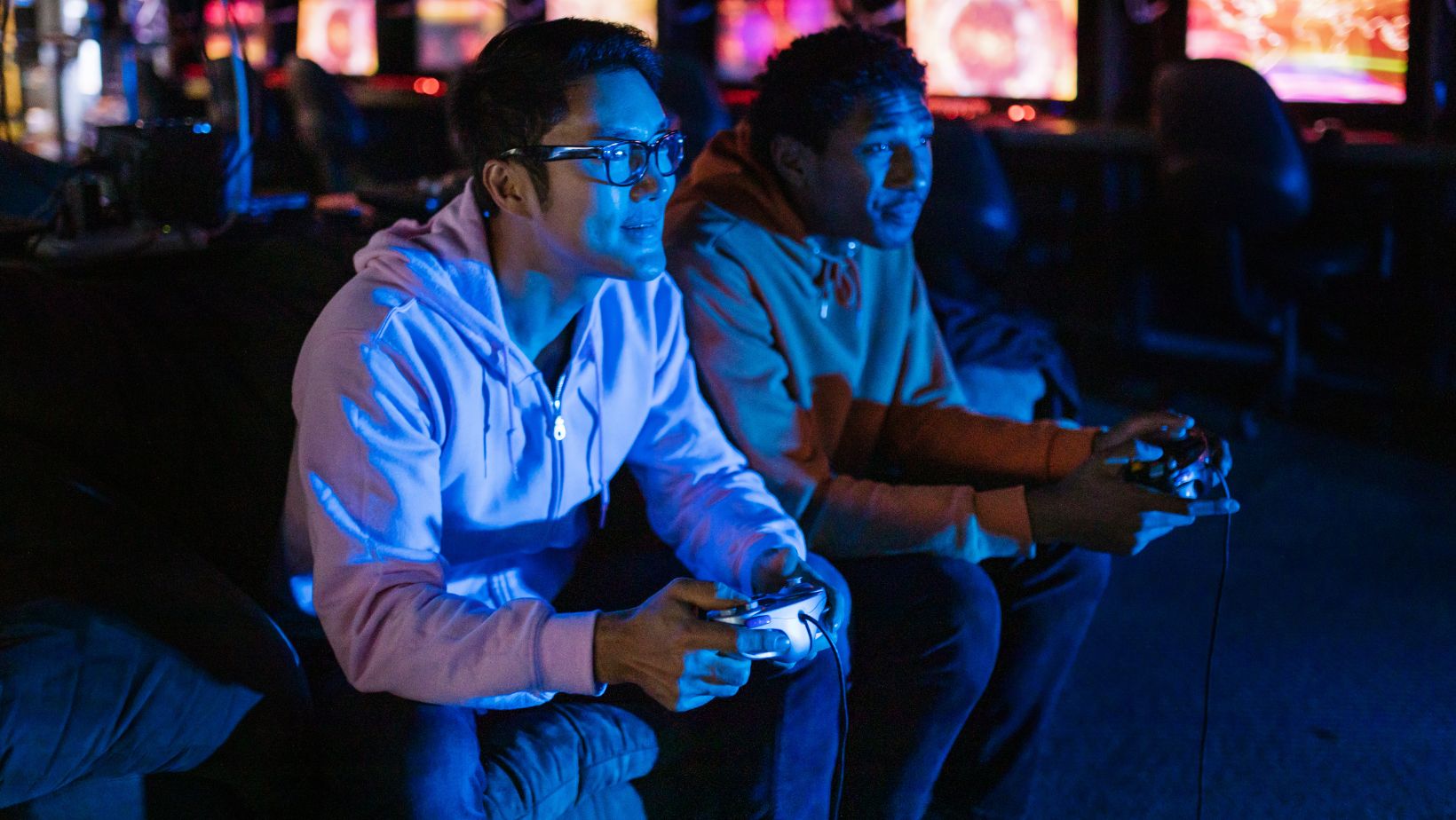The video game sector has emerged as a powerhouse within the entertainment industry, with revenues surpassing those of many traditional sectors. Projected to increase by 8.76% annually between 2024 and 2027, the global video game market is expected to reach a total volume of $363.20 billion by the end of 2027. This growth is a testament to the sustained enthusiasm for gaming, the broadening scope of digital platforms, and shifting consumer behaviors.
For those creating and marketing games, this expansion highlights the essential role of a well-constructed public relations strategy that connects with an increasingly varied audience. Let’s delve into the development of an effective PR campaign that effectively showcases your upcoming video game.
Understanding Your Audience
At the core of any successful video game PR campaign lies an understanding of its target audience. Gamers represent an array of preferences regarding which platforms and types of games they prefer; successful communication must recognize all these varying groups and tailor your messaging accordingly to address their individual interests and expectations.
Target specific gamer profiles—those who appreciate intricate gameplay or rich narratives as well as those looking for simpler gaming experiences—to help ensure a positive reception of your game; using analytics to track player behavior can further refine impactful communications strategies.
Media Outreach and Relationships
Strong media connections are crucial for the success of any public relations strategy. Building robust relationships with video game journalists, bloggers, and influencers significantly enhances your promotional activities. It is crucial to craft engaging press releases and deliver them effectively to secure media coverage.

Working alongside a video game PR agency can capitalize on their well-established media relationships and specialized expertise to broaden your campaign’s impact. Such agencies are pivotal in coordinating press events, organizing interviews, and securing essential media placements that are typically beyond reach. By integrating expert opinions and distinct data into your press releases, you can greatly improve their attractiveness and the probability of being featured by prominent publications.
Establish a Unique Selling Proposition
Deliberately distinguishing your game from others is of utmost importance. From groundbreaking gameplay mechanics and narratives to unique visual styles or even innovative use of virtual reality technologies like Oculus Rift, pinpointing and communicating your unique selling proposition (USP) can set you apart from competitors and support all PR communications about your product or service.
Presenting your USP not only attracts interest but also generates early momentum as you prepare for your game’s launch. Explaining how your game’s features translate into a unique gaming experience can further captivate potential players and media alike.
Social media platforms provide an immediate channel to your audience, facilitating real-time interaction and feedback. These platforms fulfill distinct roles and cater to specific audiences. For instance, X (previously Twitter) is ideal for swift updates and interacting directly with fans, whereas Instagram is more suited for displaying visuals and video content related to your game.
Engaging your audience through regular updates, insider looks, and interactive content is crucial for building up anticipation for the launch of your game. Experimentation with different forms of media—live streams or Q&A sessions—may prove particularly successful at increasing engagement while yielding insightful feedback about their own experience with your product from its target market.
Event Marketing and Promotions
Hosting or participating in events, whether online or face-to-face, is invaluable for generating excitement and offering players firsthand experience with your game. Engaging in events like gaming conventions, webinars, or launch parties can significantly elevate your game’s profile. These occasions provide unique opportunities for direct player interaction and drive enthusiasm and broader exposure for your game.
These events can significantly enhance your visibility in the gaming community. Collaborations with other brands can also be beneficial, providing a platform to reach broader audiences who might be interested in your game. Creating exclusive content or early access opportunities for event attendees can make your events more enticing and memorable.
Monitoring and Adapting to Feedback
The work doesn’t end once your game launches. Monitoring how your PR strategy performs and adapting based on feedback is crucial. Use tools to track the reach and engagement of your campaigns and pay close attention to the feedback from both players and critics.

This information is critical for refining your methods, resolving any issues, and enhancing future public relations initiatives. Consistently refining your strategy based on this input demonstrates your engagement with your community and fosters strong, enduring relationships.
Conclusion
Developing an effective public relations strategy for a video game demands meticulous organization, profound insights into audience preferences, and agile implementation. By adeptly applying these tactics, you ensure that your game not only connects with the intended demographic but also captivates them, which fosters increased involvement and success.
As the video game sector evolves, your public relations methods must also adapt to stay relevant and effective in an ever-changing industry. Delve into these techniques to make your game stand out in the competitive and dynamic world of video gaming.














